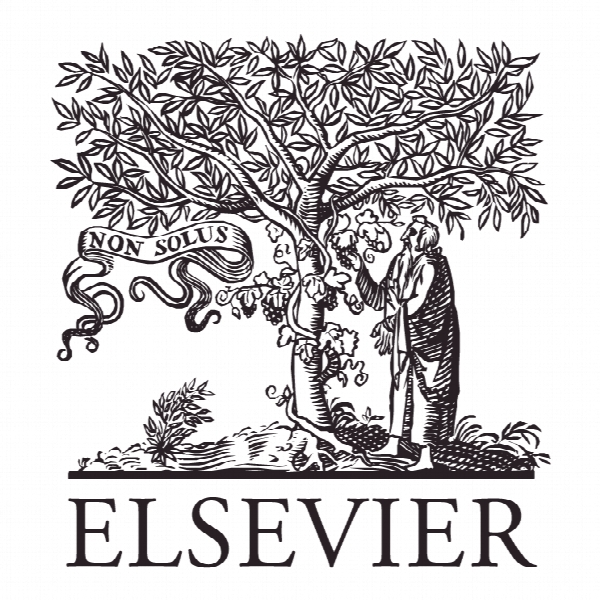آنالیز متغیر مبدل حرارتی جریان ضد مبنی بر اشتقاق ترمودینامیکی Controlled variable analysis of counter flow heat exchangers based on thermodynamic derivation
- نوع فایل : کتاب
- زبان : انگلیسی
- ناشر : Elsevier
- چاپ و سال / کشور: 2018
توضیحات
رشته های مرتبط مهندسی مکانیک
گرایش های مرتبط مکانیک سیالات و تبدیل انرژی
مجله مهندسی حرارتی کاربردی – Applied Thermal Engineering
دانشگاه School of Mechanical Engineering – Tongji University – Shanghai – China
منتشر شده در نشریه الزویر
کلمات کلیدی مبدل حرارتی جریان ضد؛ متغیر کنترل شده؛ اثر بخشی مبدل حرارتی؛ غیر قابل برگشت بودن پسماند؛ برگشت ناپذیر بودن انتقال حرارت
گرایش های مرتبط مکانیک سیالات و تبدیل انرژی
مجله مهندسی حرارتی کاربردی – Applied Thermal Engineering
دانشگاه School of Mechanical Engineering – Tongji University – Shanghai – China
منتشر شده در نشریه الزویر
کلمات کلیدی مبدل حرارتی جریان ضد؛ متغیر کنترل شده؛ اثر بخشی مبدل حرارتی؛ غیر قابل برگشت بودن پسماند؛ برگشت ناپذیر بودن انتقال حرارت
Description
1. Introduction Heat exchanger is the key component of heating and cooling system which is widely used in industrial field. Counter flow heat exchanger is the study object of this paper. Heat exchangers normally work under various conditions, so the control system should adjust accordingly the controlled variable by changing manipulated variable. The control strategies of counter flow heat exchanger have been studied in recent years. The functional predictive control was applied to a counter flow heat exchanger by Arbaoui et al. [1]. The cold stream outlet temperature was adopted as the controlled variable and the hot stream flow rate as the manipulated variable. The functional predictive control used an approximated first order nonlinear dynamic model. The gain and time constant of the model change with hot stream flow rate. Abu-Hamdeh [2] proposed a dual-input and dual-output control of liquid-liquid counter flow heat exchanger. The outlet temperatures of cold and hot stream were controlled respectively by manipulating the corresponding flow rate. The influence of one side on the other was decoupled by a non-interactive controller. A feed-forward controller was introduced to overcome the inlet temperature disturbances. Heo et al. [3] presented an input/output linearizing controller for high-duty counter flow heat exchangers based on both the original stiff model and the reduced non-stiff model. The outlet temperature of hot stream was controlled by manipulating the flow rate of cold stream. Maidi et al. [4] investigated the boundary geometric control of a counter flow heat exchanger. The results showed that the outlet temperature of the internal fluid could be very well controlled by manipulating the inlet temperature of external fluid, which provided better performance than by manipulating mass flow rate.


